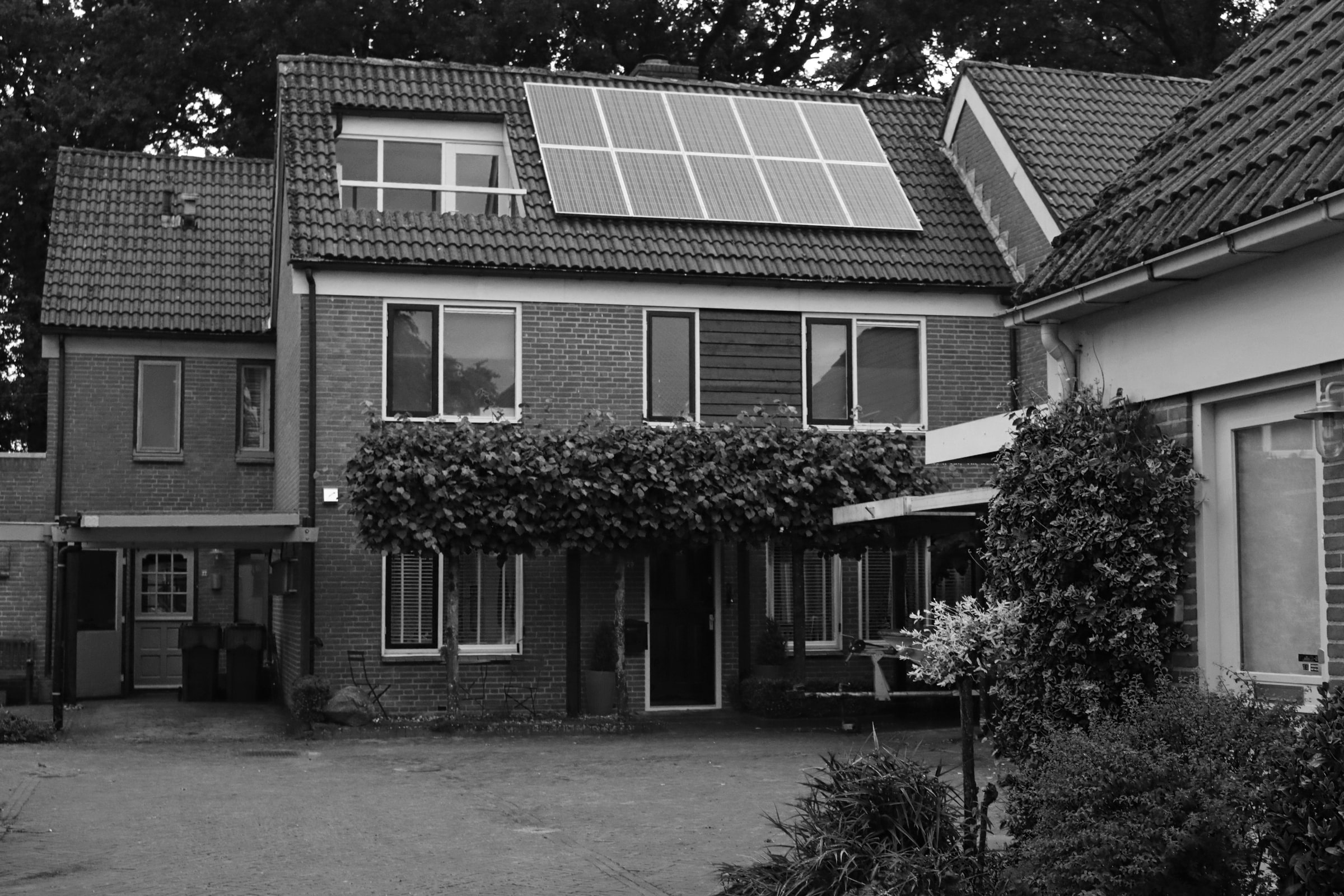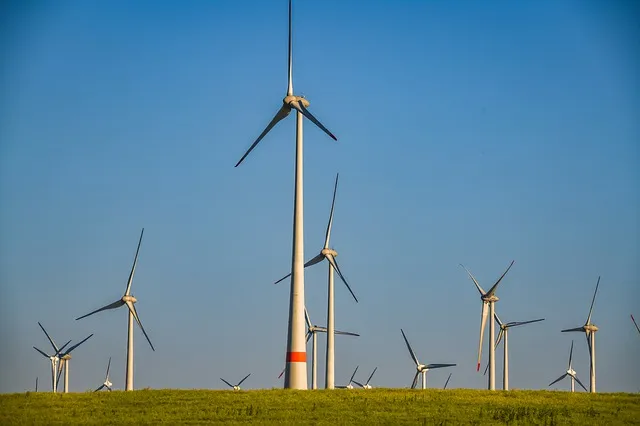It is curious to note that load shedding is still a problem despite the abundance of natural resources. Whether you are connected to the electricity grid or independent, understanding the different sources of energy will help guide your choice in electricity supply. So, without further ado, let’s dive into this blog and learn some of the things you need to know about renewable energy.
Hydroelectric Power

Available in large quantities, rivers have been widely deployed to meet the massive demands of electricity needs. For this purpose, a hydro dam has been installed at the rivers to transform the water current into electrical energy. This is very costly and requires a thorough study of the environment. In addition, the use of hydroelectric dams reduces the emission of greenhouse gas.
Indeed, its production emits 20 times less CO2 than that of solar photovoltaic energy. The energy yield depends on the water level of the river and the performance of the electrical equipment. Thus, when the low water level decreases in case of water shortage, the production of energy is reduced, which is the cause of load shedding. It is the same when there is a breakdown of hydroelectric equipment or a lack of fuel. This type of energy production is suitable for large-scale operations such as industrial estates and electricity suppliers. But it can be accessible to some individuals. To carry out this operation, you must call on machining specialists to carry out the installation and mechanical assembly of the hydraulic turbines.
Wind power
To take advantage of the wind that blows in abundance throughout the year, wind turbines have been installed either from the top of the mountain or in a spacious place in the open air, near the sea, or off the coast. This device transforms the mechanical energy of the wind into electrical energy. Indeed, the rotary motion of a propeller blade is transmitted to an alternator to generate an electric current. This type of energy is very advantageous because it is non-polluting and is part of the preservation of the environment. Moreover, it is easy to implement and not very demanding in terms of installation.
Indeed, it is not cumbersome and does not disturb any other activity, such as farming. For example, it requires only 2% of the soil surface for installation. Compared to hydropower, this source of energy is inexhaustible and is available in summer and winter. It is also inexpensive to install and accessible to individuals. Thus, it reduces the costs of electricity bills and saves you from load shedding. On the other hand, wind energy alone does not guarantee energy independence, as its performance varies according to weather conditions. Therefore, it is recommended to connect it with another source of energy, such as solar energy.
Solar energy

Solar energy is the production of electrical energy from the sun’s radiant light. To do this, it requires the use of solar panels, inverter, and other accessories. The solar panels capture solar radiation and convert it into direct current. The latter will pass through the inverter, which transforms it into an alternating current. Solar energy is very popular because of its special features. Indeed, this method of production is ecological. In addition, its installation does not require major work because the panels can be placed on the roofs or walls.
In addition, it is an effective way to benefit from electricity during bad weather. Indeed, depending on the panels’ size and the batteries’ coupling, you can produce excess solar energy and store it for later use. Connected to the electrical distribution network, it will be able to cover all your consumption needs without raising your electricity bills. Moreover, it protects you from power cuts.
Sound off in the comments section below, and tell us what you want to read next and if you want to read more about renewable energy.
